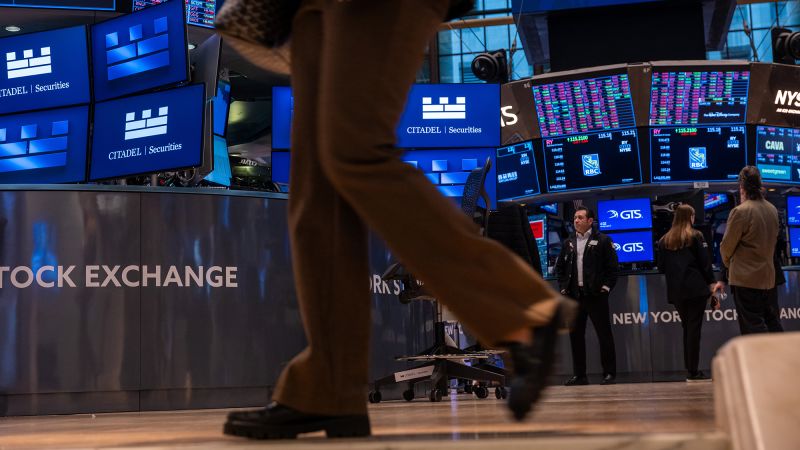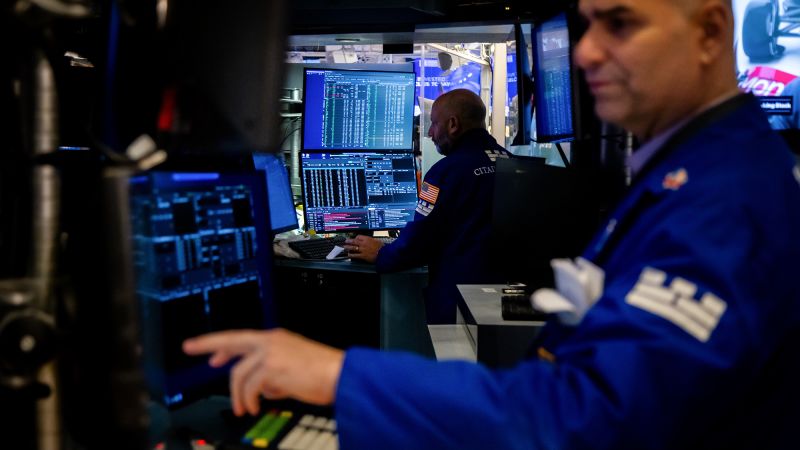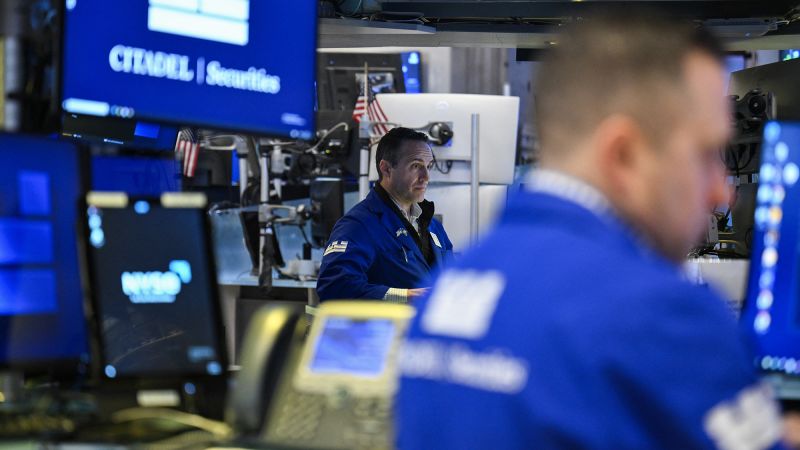The stock market is experiencing a slight recovery today, bouncing back from a challenging session on Wall Street. However, this brief positive turn is overshadowed by significant concerns among investors regarding the impact of President Donald Trump’s ongoing trade war, which many believe is creating a precarious investment climate in the U.S.
Analyzing the Market Trends
Recent data reveals alarming trends in the American financial markets, drawing comparisons to historical downturns. The Dow Jones Industrial Average has seen a staggering 9.1% decline in the first three weeks of April, marking its worst performance for this month since 1932. The only other April that surpassed this downturn was in 1931.
S&P 500’s Struggles
The broader S&P 500 index has also felt the pinch, dropping 14% during Trump’s current term. This represents the worst performance for any president by April 21 since tracking began in 1928. Despite a modest recovery, major indexes increased by over 2% today, but they still have a long way to go to recover from these historical lows.
The Dollar’s Downward Spiral
Investors are increasingly losing faith in the U.S. dollar, which has fallen 5.5% since the start of Trump’s new term. This decline is unprecedented, surpassing any similar trend since records began under President Gerald Ford in 1974. The dollar recently reached a three-year low, further fueling concerns about the economy.
Bond Market Reactions
In times of uncertainty, investors typically flock to the safety of U.S. Treasury bonds. However, this time, the trend has reversed, with government bonds experiencing a sharp sell-off. The 10-year U.S. Treasury yield has surged to 4.4%, a striking increase from just below 4% a month ago, highlighting the unusual volatility in the bond market.
Global Investment Shifts
As American stocks and bonds face declines, investors are redirecting their funds internationally. The MSCI All World index, which excludes the U.S., has climbed 2.9% during Trump’s new term, a performance that rivals the start of Joe Biden’s administration and is only slightly below Trump’s first term.
Declining Oil Prices
Concerns of a potential global recession have led to a significant drop in oil prices, marking the worst start for U.S. crude under any presidential administration since Bill Clinton’s second term. Oil prices have plummeted 19% during Trump’s current term due to fears about decreased demand for travel and shipping.
The Surge in Gold
In contrast to the declining assets, gold has emerged as a preferred investment, soaring past $3,500 an ounce and achieving a remarkable 25% increase during Trump’s new term. This performance shatters the previous record of 13.5% set during Jimmy Carter’s presidency in 1977.
Understanding the Economic Landscape
The International Monetary Fund (IMF) has sounded alarms regarding the global economic landscape, attributing the turmoil to Trump’s trade policies. They state that we are entering a transformative period as the global economic system undergoes a significant reset. This transition is expected to result in slowing economic growth in the U.S., coupled with a resurgence in inflation.
Expert Insights
Economists are wary of the impending challenges posed by this combination of stagnating growth and rising inflation, although they do not predict a return to the stagflation of the 1970s. The uncertainty surrounding Trump’s shifting policies has left businesses struggling to adapt, as noted by Goldman Sachs CEO David Solomon. He expressed concerns about the high levels of uncertainty affecting economic growth, suggesting that its impact will become evident soon.
In summary, while today’s rebound in stocks may provide a glimmer of hope, the underlying issues within the financial markets suggest a turbulent road ahead for investors.










